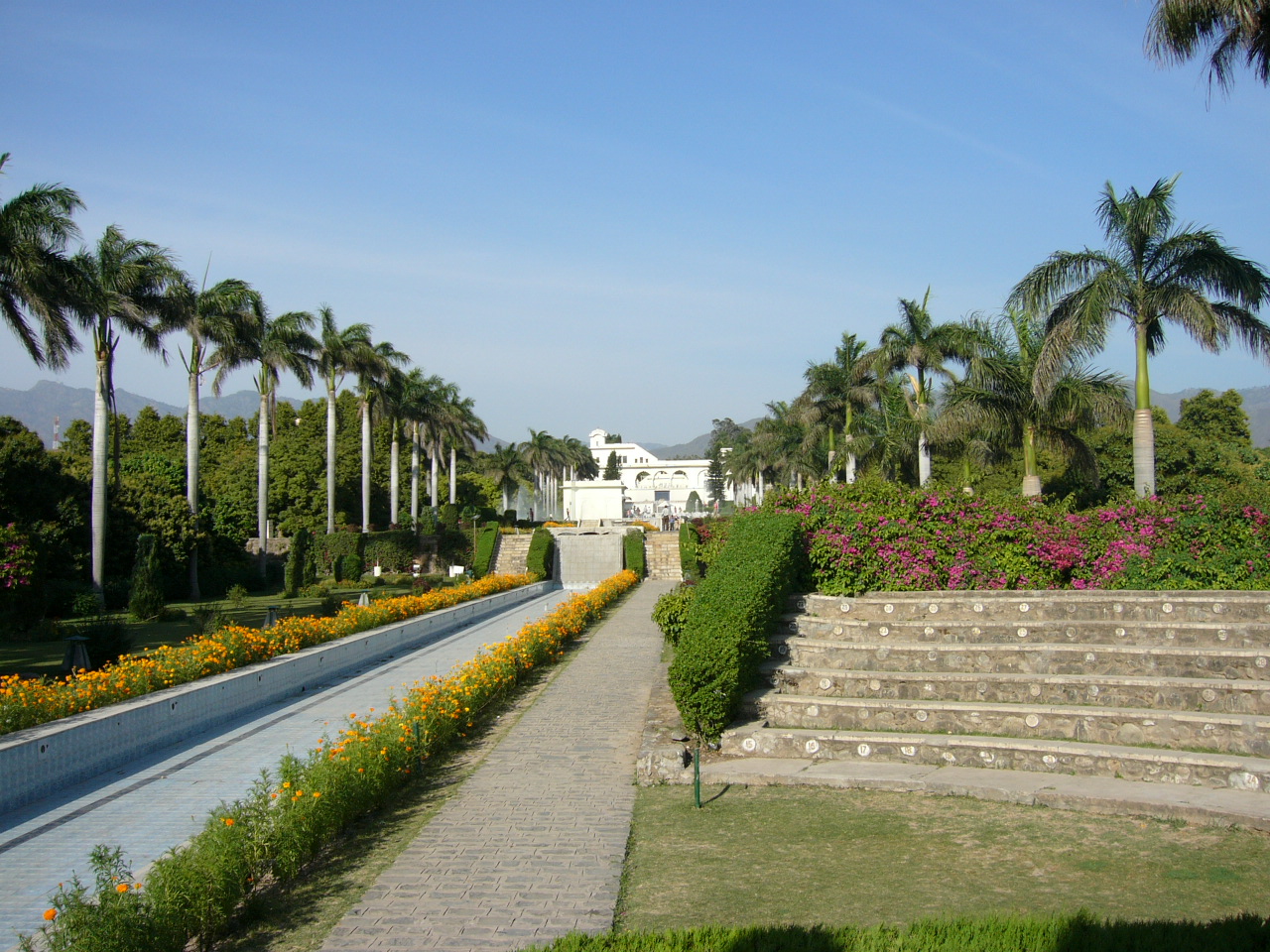Pinjore Gardens: Nestled amidst the foothills of the Shivaliks, the historic Pinjore Gardens (also known as Yadavindra Gardens) stand as a testament to the artistry of Mughal landscape design and the timeless allure of nature. Far more than a mere collection of flora, these gardens in Pinjore, Haryana, weave a tale of symmetry, serenity, and historical significance. Join me as we delve into the enchanting world of Pinjore Gardens, where every corner tells a story and every bloom whispers the secrets of the past.
Discover the enchanting beauty of Pinjore Gardens, also known as Yadavindra Gardens, located in Pinjore, Haryana, India. Immerse yourself in the Mughal-inspired architectural splendor, with terraced lawns, vibrant flowerbeds, and stunning fountains. Explore the historic Bhavan, adorned with exquisite Mughal designs, and take a leisurely stroll through the picturesque gardens. Known for its cascading water channels and ancient trees, Pinjore Gardens offers a serene escape and a glimpse into the rich heritage of the region, making it a must-visit destination for nature lovers and history enthusiasts alike.
Mughal Splendor: Pinjore Gardens
The genesis of Pinjore Gardens dates back to the 17th century when they were laid out by Nawab Fidai Khan, an architect in the Mughal court. The design principles, reminiscent of the Charbagh style, echo the Mughal fascination with geometric precision and the seamless fusion of water, architecture, and greenery. As you enter these historical grounds, you step into a bygone era where each pathway and terrace unveils a carefully crafted masterpiece.
Symphony of Fountains and Cascades: Pinjore Gardens
At the heart of Pinjore Gardens lies a mesmerizing series of terraced fountains and cascades, creating a symphony of water that dances down from terrace to terrace. The rhythmic flow not only serves as a testament to the engineering prowess of its time but also provides an auditory backdrop that enhances the overall sensory experience. The fountains, adorned with intricate Mughal-style tiles, add a touch of grandeur to the natural beauty that surrounds them.
Architectural Marvels: Pinjore Gardens
Beyond the natural wonders, Pinjore Gardens boast architectural marvels that add a regal touch to the landscape. The Sheesh Mahal, or the Palace of Mirrors, is a striking example of Mughal architecture, adorned with reflective surfaces that capture and multiply the surrounding beauty. The historic structures and pavilions dotting the gardens invite visitors to explore the intricate details and relive the grandeur of a bygone era.
Floral Extravaganza:
The meticulously landscaped lawns and vibrant flower beds contribute to the gardens’ ever-changing palette. Seasonal blooms paint the landscape with a riot of colors, creating a visual spectacle that evolves throughout the year. From the delicate blossoms of spring to the rich hues of summer and the subtle charm of winter, Pinjore Gardens offer a botanical journey that captivates the senses.
Historical Reverie:
Every step within Pinjore Gardens is a journey through history, with the gardens having witnessed the ebb and flow of centuries. The serenity of the surroundings invites contemplation, allowing visitors to imagine the Mughal nobility and their leisurely strolls through these very paths. The gardens, with their timeless charm, serve as a living testament to the rich cultural heritage of the region.
Conclusion:
Pinjore Gardens, with its Mughal-inspired design, architectural splendors, and vibrant botanical displays, is more than a destination—it’s a journey through time and a celebration of nature’s beauty. As you wander through the terraced landscapes and explore the historical structures, you can’t help but be transported to an era of opulence and artistic brilliance. Pinjore Gardens stand as a testament to the enduring allure of harmonious design, where the past and present coalesce in a symphony of flora and history, inviting all who visit to partake in its timeless beauty.

